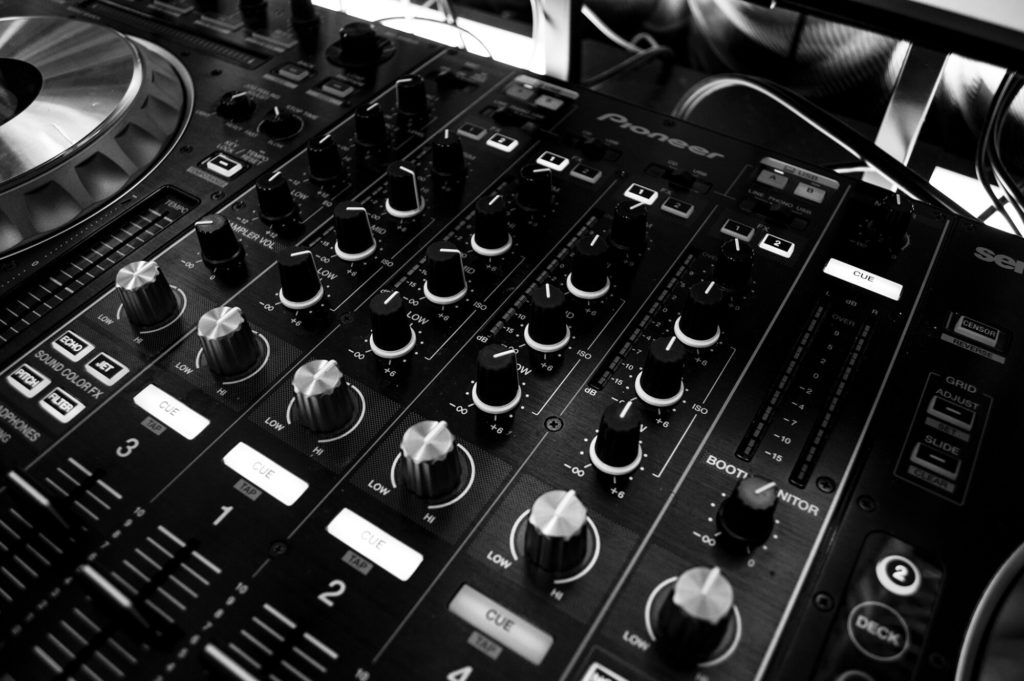3 Audio Engineering Tips for Any Style of Music
aaamusic | On 12, Mar 2022

Did you know that the US music industry grew to a worth of $12.15 billion in 2020?
Audio engineering helps producers make great-sounding, clean-cut music. Advanced audio software and audio recording techniques make it easier than ever to push the boundaries of music and sound design.
If you want to improve your sound engineering skills, look no further. This informative guide will show you three tips on audio engineering for any type of music.
Read on for everything you need to know.
1. Learn About Compression
Neglecting compression tools can stop beginners from achieving a complete sound. When you stack stems and tracks together, the audio can begin to clip. As a result, you reduce the gain on each mixer channel, but this can leave your music sounding flat and quiet.
You can use compression and balancing to minimize the changes between one audio channel’s peak and the overall lowest gain level. This allows you to ramp up the volume without clipping.
When you manage the faders, the level at which the signal becomes too loud is set by you. If it sounds too loud, drop it, and compress it.
2. Clean up Your Music With EQ
It’s good practice to remove frequencies below 40Hz from your track. This frequency contributes nothing to the final mixdown other than a low-end rumbling.
This muddy sound can gradually overcrowd your mix as you add more components. For example, layering two low-frequency basslines can cause unexpected phasing problems.
Learn how to use a Spectrum Analyzer to improve your EQ techniques. By analyzing each channel, you’ll be able to identify where sounds need to be cut off and where each track sits in the frequency spectrum. Then, EQ out the other sounds in that range to balance your mix.
3. Go Easy on Reverb
Inexperienced producers often overuse processing and effects. While effects can enhance a track, adding too many makes for an unprofessional and amateur sound when recording audio.
Reverb is a commonly misused effect. If you add reverb, here’s a proven music production trick: Get the desired reverb using a reverb processor on a separate channel.
Then, drop the channel down to zero. Next, raise the channel until you hear it, and then gradually lower it again.
You should only just be able to detect the sound of your reverb effects. Whether you’re recording music digitally, onto a CDR, or even blank cassette tapes, overusing reverb is sure to make for an unbalanced final mixdown.
Audio Engineering: Our Top Tips
Mastering the art of music recording and mixing is an ongoing passion for music producers. By following these top tips, you’ll be able to progress to the next level in your audio recording techniques.
Did you find this guide informative? If so, be sure to check out the rest of our blog for everything you need to know about sound engineering, technology, gaming, and more.

